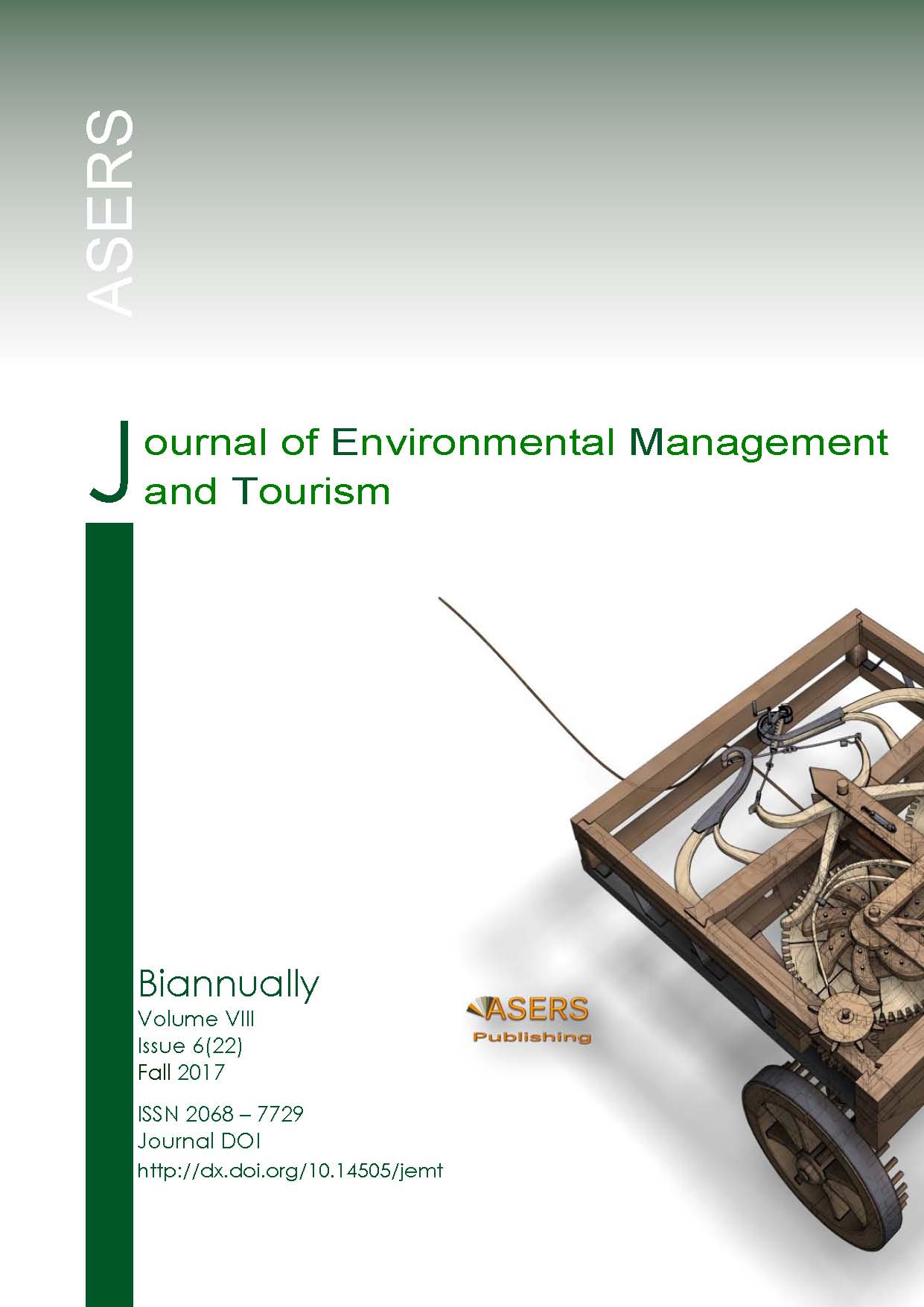The Relationships between Financial Policy, Fiscal Policy, Visitor Exports and the Tourism Economy of Thailand
The Relationships between Financial Policy, Fiscal Policy, Visitor Exports and the Tourism Economy of Thailand
Author(s): Sakkarin Nonthapot, Porowes SrichaiyoSubject(s): Economy, Tourism
Published by: ASERS Publishing
Keywords: monetary policy; fiscal policy; tourism economy; Thai tourism
Summary/Abstract: This objective of this research is to apply the Vector Autoregressive (VARs) model to study the relationships between the macroeconomic variables in the tourism sector by using Gross Domestic Product in the tourism sector of Thailand with interbank rates, individual government expenditures on tourism and visitor exports (foreign spending). Quarterly data from 1995 to 2016 with a total of 88 data sets are employed in the study. The results show that the interbank rate had the greatest impact on the gross national product of the tourism sector in Thailand at 9.17%. On the other hand, individual government expenditures on tourism had an impact of only 2.77%. Consequently, monetary policy will affect the economy of the tourism sector in Thailand more efficiently than fiscal policy. Therefore, the Thai government should implement fiscal policy together with monetary policy to boost the tourism economy and to increase competitiveness.
Journal: Journal of Environmental Management and Tourism (JEMT)
- Issue Year: VIII/2017
- Issue No: 06 (22)
- Page Range: 1222-1231
- Page Count: 10
- Language: English
- Content File-PDF

